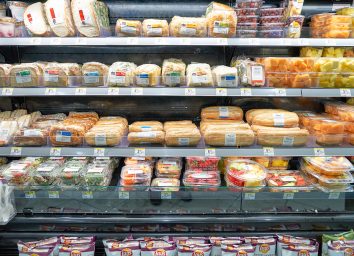These Popular Grocery Items Keep Getting More Expensive
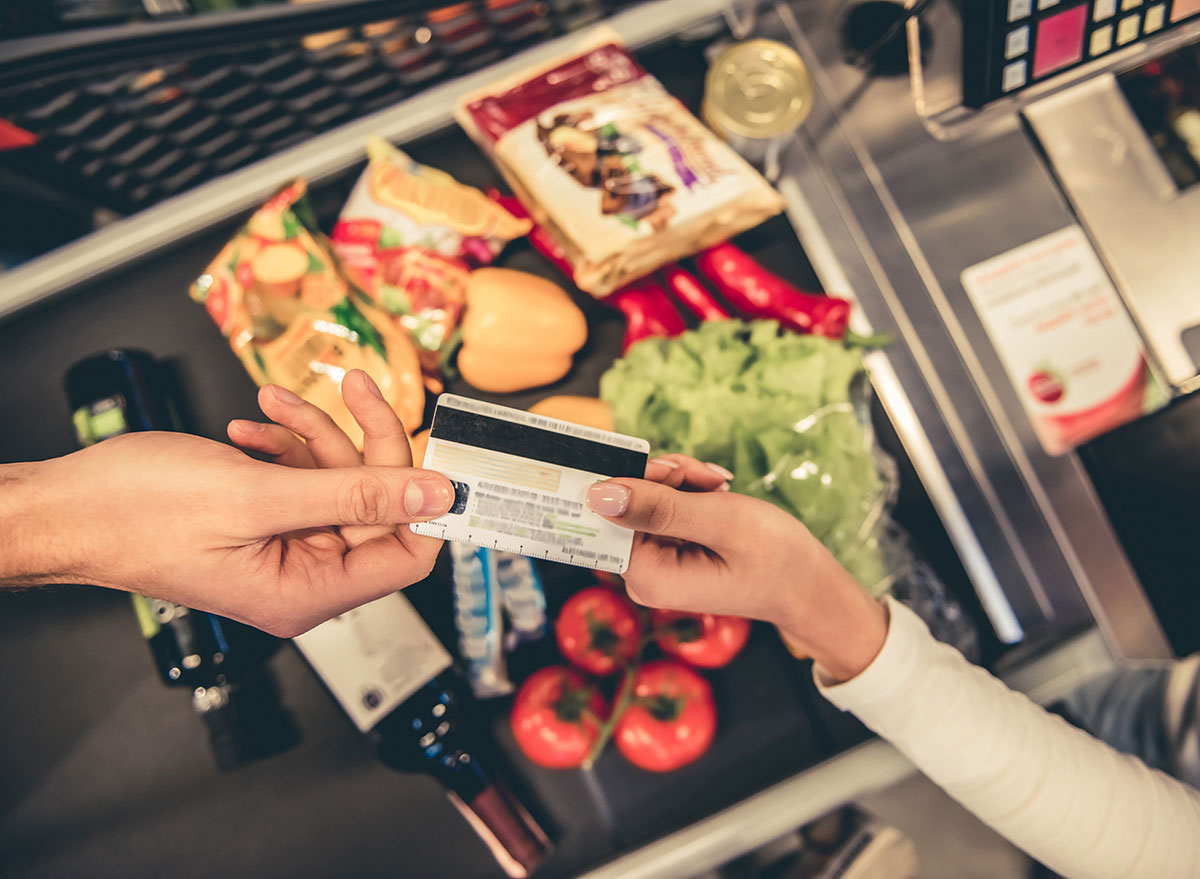
It’s with little surprise to learn that many grocery store items have become more expensive amid the coronavirus pandemic. The reasons behind the sometimes sharp spike in prices are pretty basic: increased demand brought about by shelter at home guidelines combine with lesser supply from kinks in the food supply chain, combined to make some common foods more expensive.
As most of the country is in some form of reopening, however, some might expect prices to return to pre-pandemic levels. That’s not the case, sadly, as the cost of food at home ticked up 0.7 percent in June from the previous month, according to seasonally adjusted data from the Bureau of Labor Statistics. The following are some of the most popular grocery store items who’s prices keep rising.
And for more tips, sign up for our newsletter to get daily recipes and food news in your inbox!
Meat
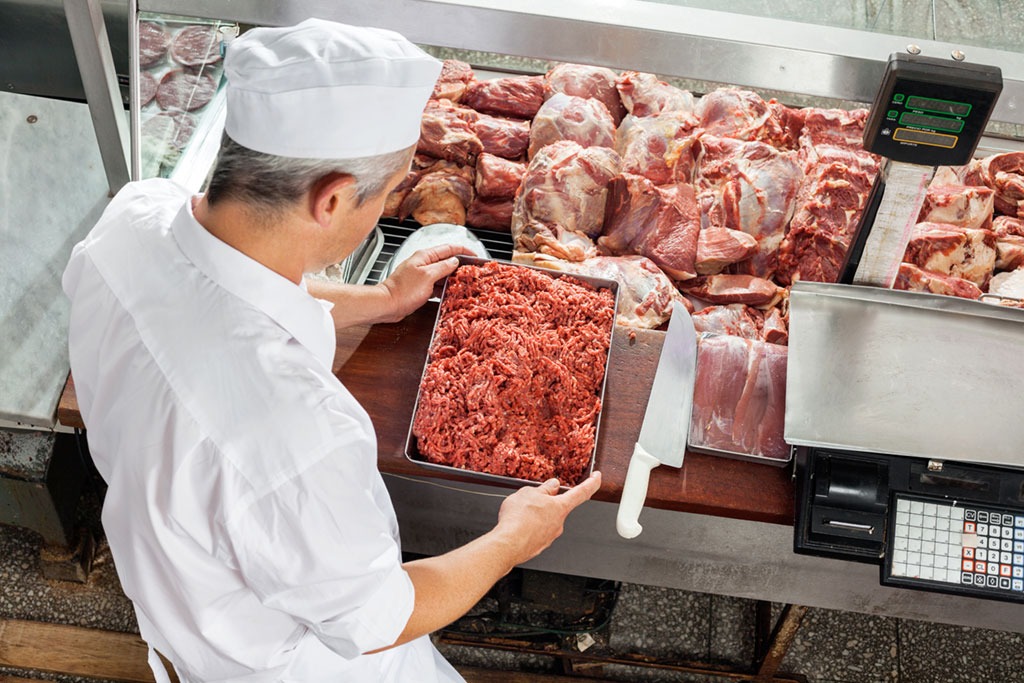
The price of all forms of meat continued to rise, almost certainly fueled by the recent spate of meat processing plants that closed in the past few months from coronavirus outbreaks. Beef and veal prices rose 4.8 percent, pork prices grew 3.3 percent, hot dog prices grew 4.9 percent, and bacon increased in price by a whopping 8.1 percent. If these costs put you off on meat consumption, here are 6 good reasons you should stop eating meat right now.
Fish and Seafood
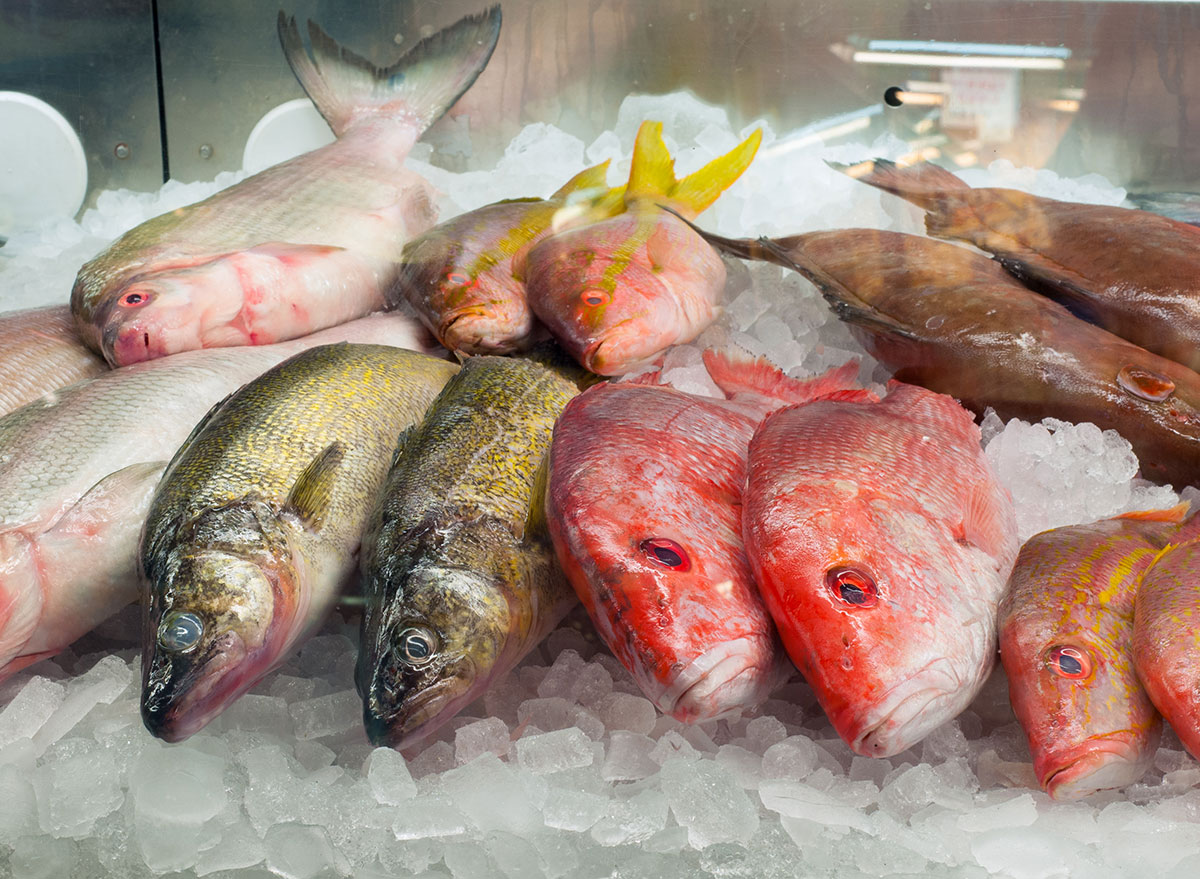
Frozen fish and seafood producers were not immune to coronavirus-related challenges, as a number of providers in the Pacific Northwest were forced to shutter for a while as well. According to the Bureau of Labor Statistics, frozen fish and seafood got 1 percent more expensive in the past month. There is plenty of fish available right now, and here are the varieties you’d be crazy not to buy at your grocery store.
Sweets

Cakes, cookies, and donuts appear to have become very popular items, perhaps due to the quick sugar rush one enjoys during the shelter-at-home pandemic. Cakes, cupcakes, and cookies prices increased by 1.8 percent, while fresh cakes and cupcakes went up 3.5 percent. Even donuts got pricier, with prices rising by 1.8 percent. If you are concerned about sugar intake, here are six subtle signs you’re eating too many sweets.
Flour
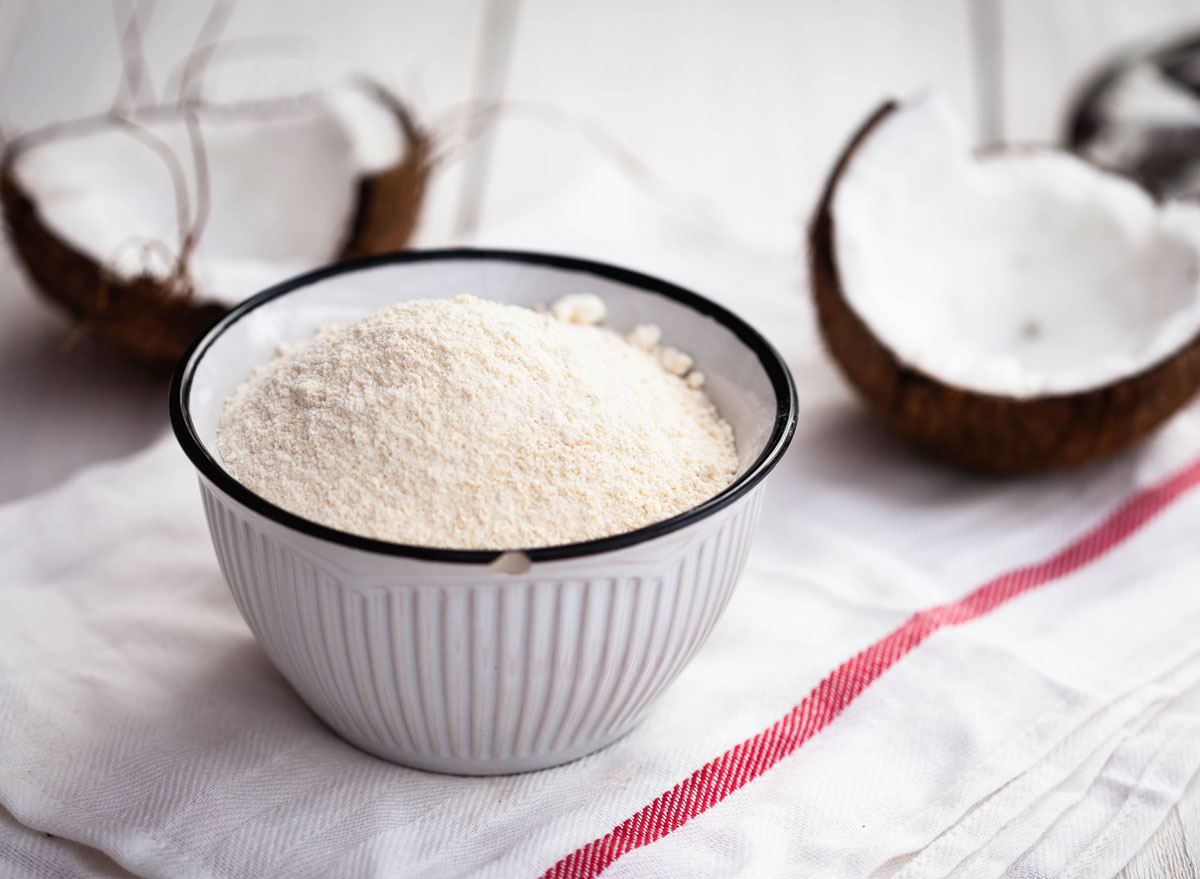
The coronavirus pandemic coincided with the great homemade bread baking craze. As a result, flour was very difficult to find, and much pricier, rising by 2.1 percent in the last month. Here’s what happens to your body when you eat bread every day.
Snack food
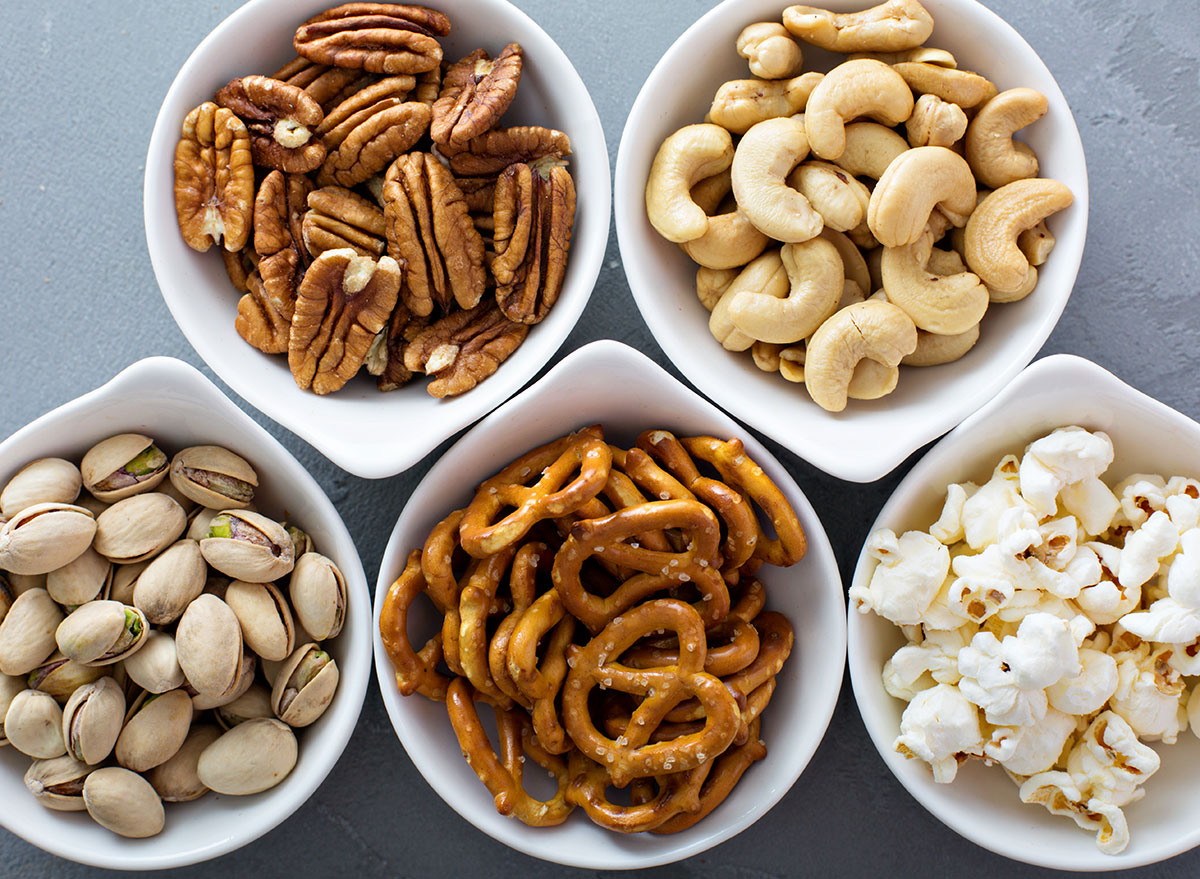
Since the most common way to cope with the stay-at-home guidelines was unchecked snacking, is anyone surprised that the cost of many snack foods went up 2.1 percent? You should also know that grocery stores have surprisingly sneaky ways to get you to buy more unhealthy foods.
Carbonated Drinks
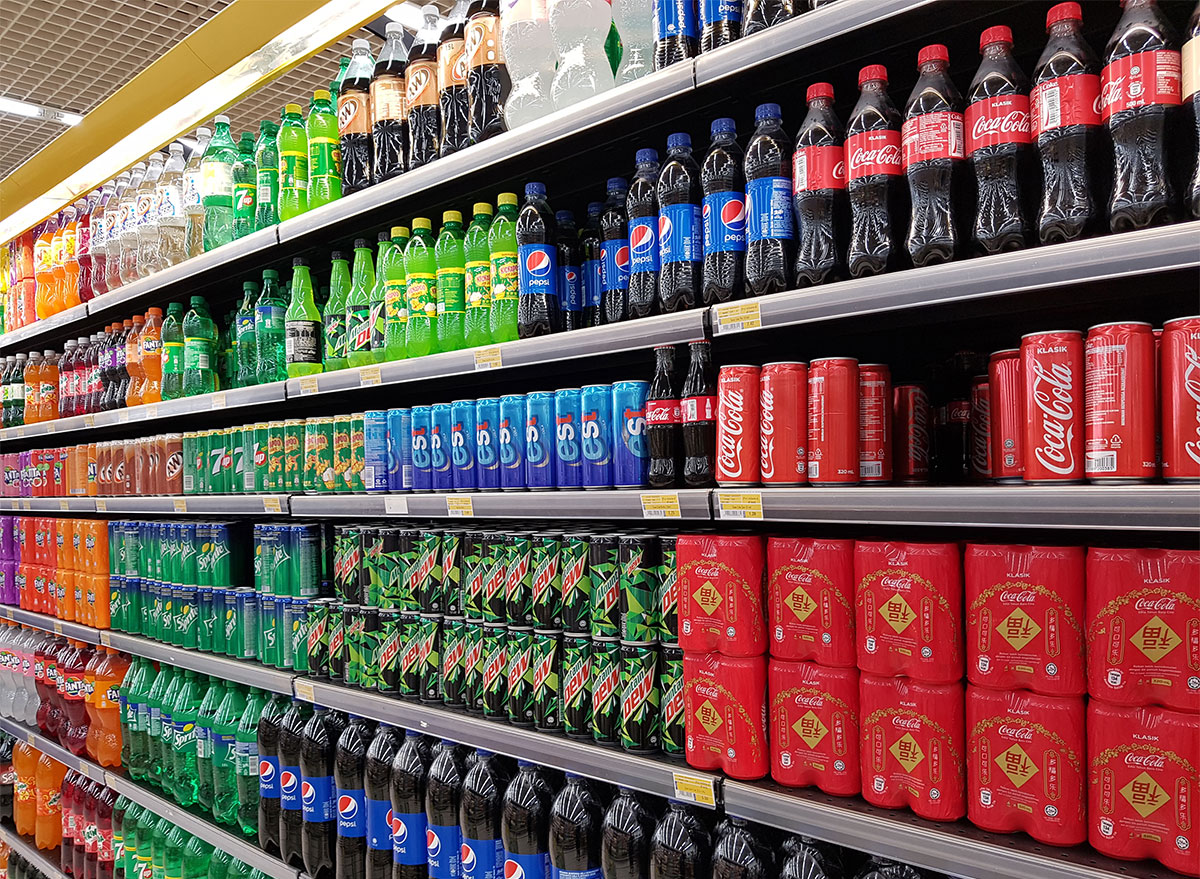
The materials needed to make carbonated drinks of all sorts were in short supply during the early stages of the pandemic, which is largely the reason why prices have increased 2.2 percent. If you’re looking for some healthier options, here are 11 sugar-free sodas that are actually healthy.
Coffee

Joe, go-go juice, blackstrap, java… these are just a few slang terms for coffee, which illustrates just how important a role this caffeinated morning beverage plays in today’s society. Alas, prices for coffee went up 1.8 percent in the past month. If you’re drinking too much coffee, here are five side effects of which you should be aware.
Cereal
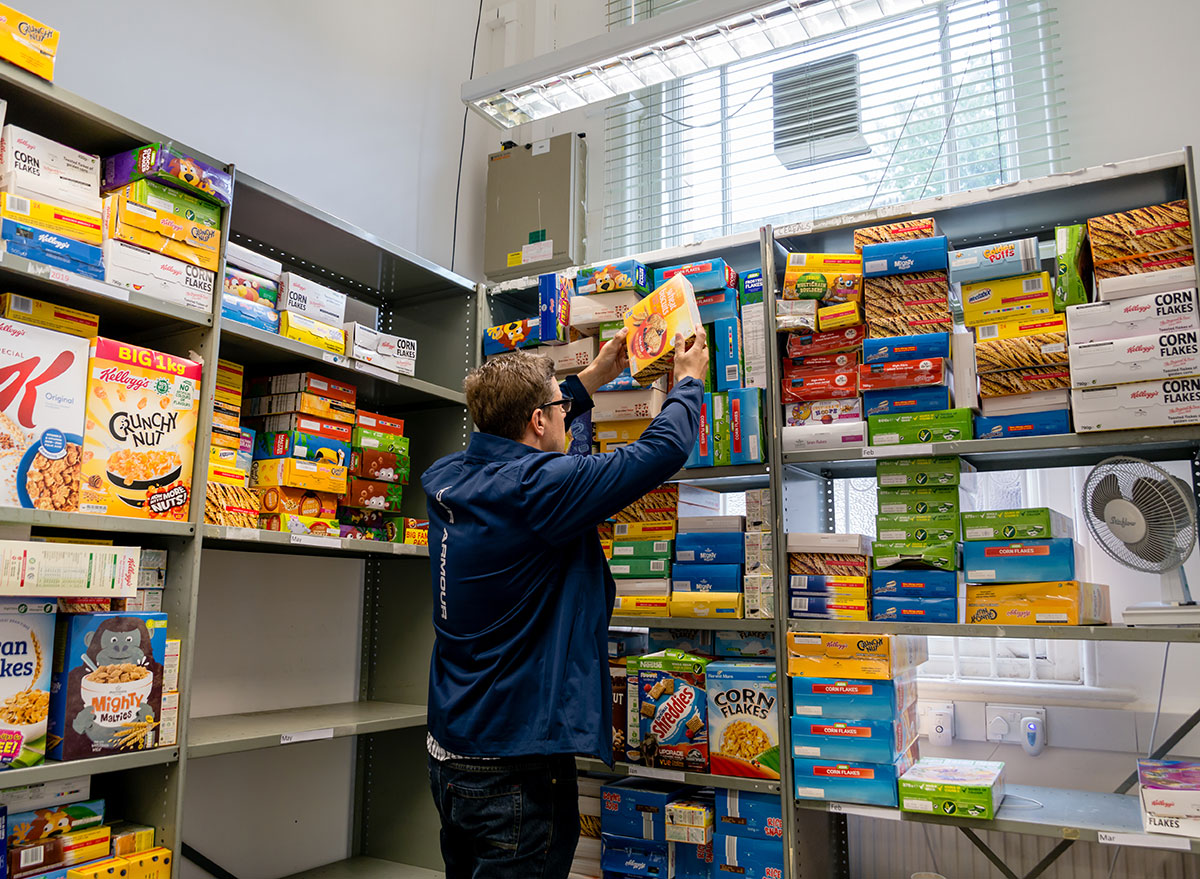
Breakfast cereal prices increased 1.1 percent, perhaps due to increased demand from kids staying at home for remote learning. Some breakfast cereals are better than others, and here are the 28 worst breakfast cereals, ranked.
Fresh Vegetables
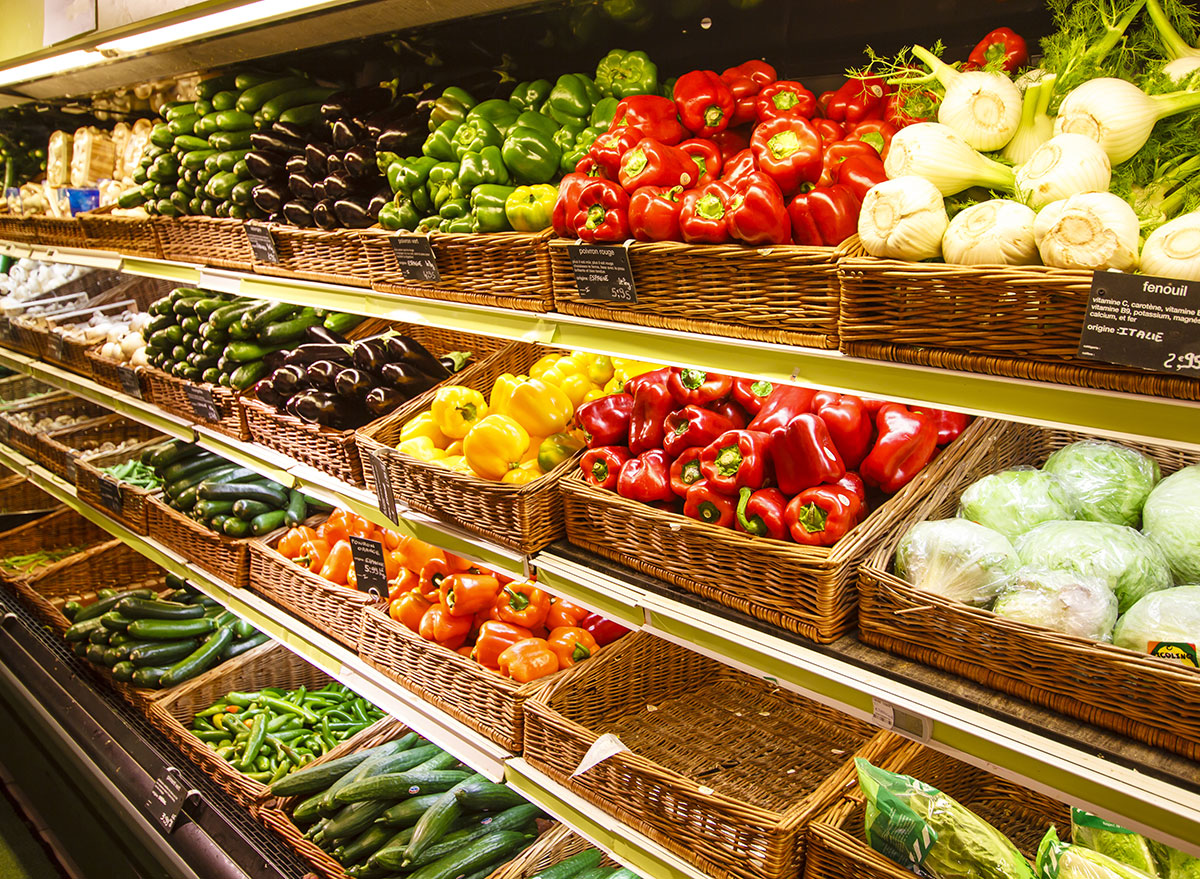
Fresh vegetables were not immune to prices rising, as they got 1.1 percent more expensive, according to the Bureau of Labor Statistics. Vegetables are key to a healthy diet, and here are nine warning signs you’re not eating enough vegetables.
